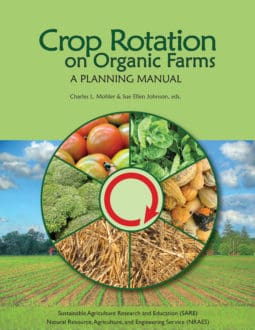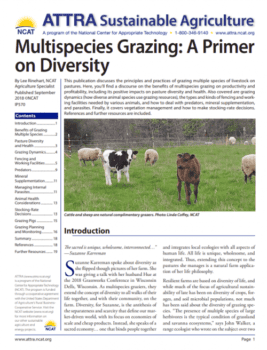Study of Plant Diversity Adjacent to a Monoculture System: Effects on Beneficial Arthropod Populations and Vineyard Pest Control
Miguel Altieri, University of California

This study looked at the potential for diverse plantings to harbor beneficial insects and vineyard pests. From March 15 through the 1997 growing season, intensive weekly sampling of herbivorous insects—including leafhoppers and thrips—and their associated natural enemies, primarily Anagrus sp. and Orius sp., was conducted in two adjacent 5-acre Chardonnay vineyard blocks north of Hopland. Both blocks were managed organically, with half of each area planted to summer cover crops (buckwheat and sunflower) and the other half maintained as bare ground.
Data indicated that the corridor served as a source of natural enemy biodiversity, influencing the abundance and distribution of predators in the adjacent vineyard and subsequently impacting the densities of leafhoppers and thrips in vines near the corridor. This suggests that designing corridors that harbor natural enemies and facilitate their dispersal into neighboring crops can be an effective strategy for restoring functional biodiversity in agroecosystems. Additionally, cover crops enhanced the ecological benefits of the corridor by providing a habitat for Orius, Coccinellidae, and spiders, which may explain the lower abundance of leafhoppers and thrips in vineyard sections with cover crops.
Region
West/Southwest
Topic
Conservation and Habitat, Insect/Pest Management
Category
Tree and Vine Crops
Date Range
2000 and earlier
Funding Amount
$4,000
Funding Year
1996Location
Ukiah, California
Collaborators
Kohn Properties



